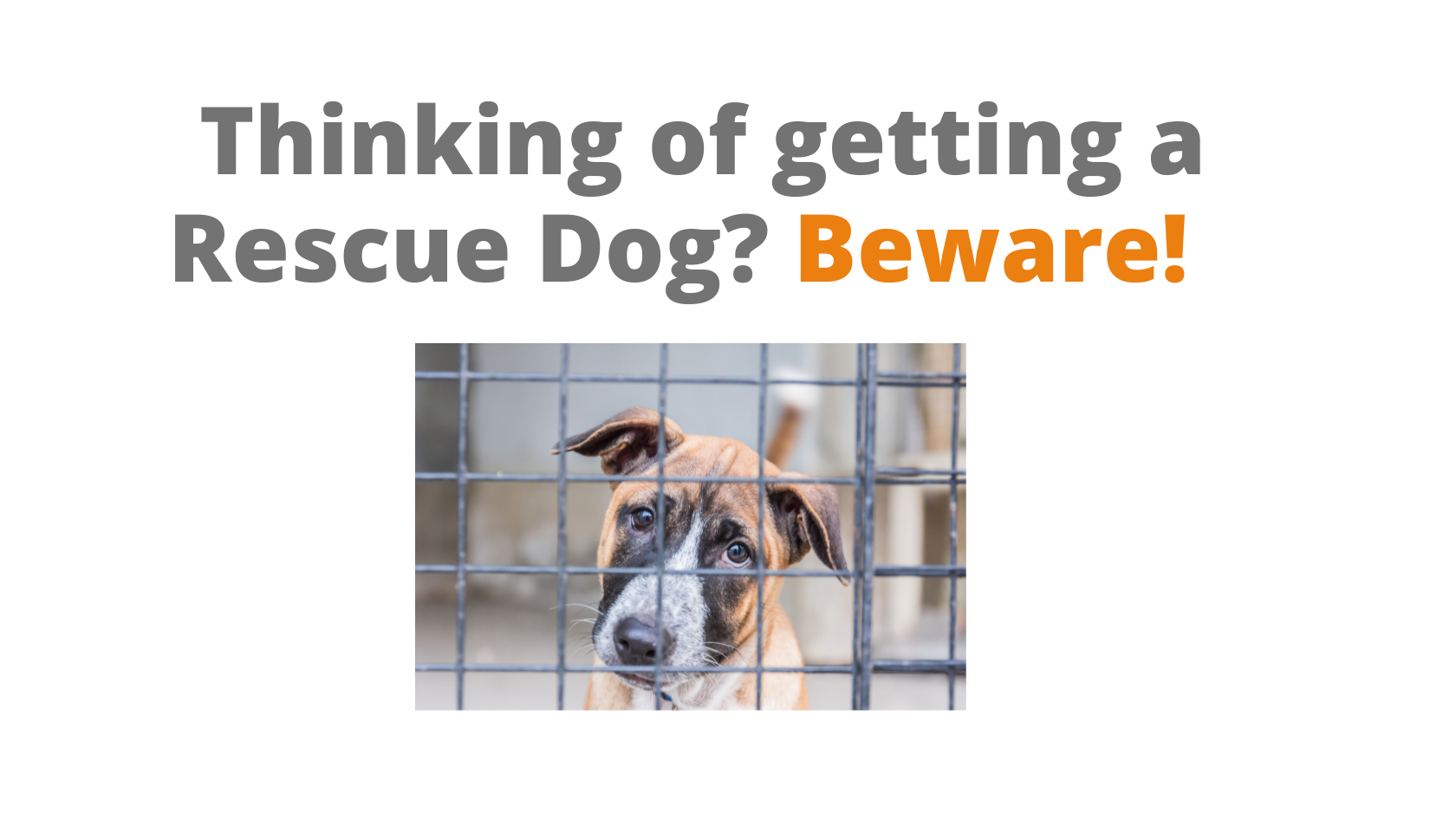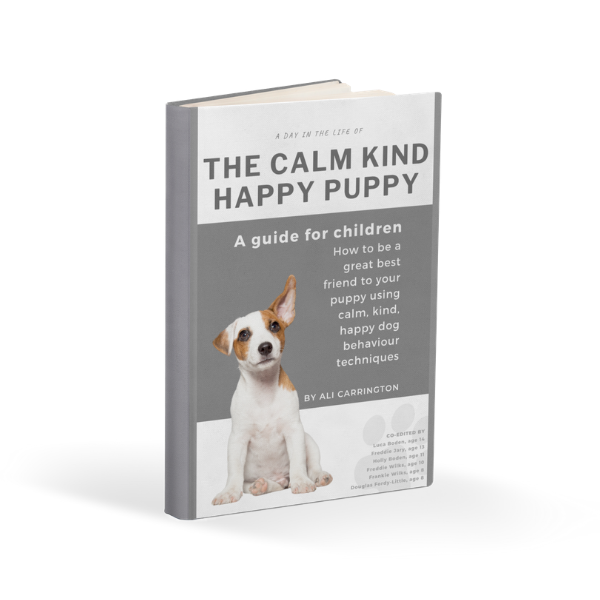Sometimes referred to as “ragging” the lead, grabbing and shaking the lead has been a prominent theme in my conversations with clients recently, and it can be quite upsetting to experience! In one circumstance, the dog would be out on a walk and the ragging behaviour was triggered by a noisy vehicle passing. In another, simply seeing anything moving was trigger enough for the dog to rear up on her back legs, grab hold of the lead with her jaws and shake it vigorously.
It can look like how some dogs play with a soft toy. And it can also look a bit like a predator shaking it’s prey to kill it comprehensively and swiftly! So it’s no surprise that this behaviour can be translated as enthusiastic play, or aggressive and a bit threatening… and the bigger the dog, the more unnerving this can feel, so it is genuinely something to get some behavioural help with.
In reality, it is neither. It’s neither play nor aggression when a dog rags the lead when out on a walk. It’s actually total panic.
A really relaxed dog who is enjoying himself on a walk doesn’t do this behaviour, he has no need to. But a dog who pulls on the lead, or constantly sniffs the bushes, or who weaves side to side in front of the person, or who marks almost every step, or doesn’t appreciate loud noises or seeing other people or dogs… this is a dog who may have to resort to grabbing hold of the lead, the thing that is putting them and keeping them in this situation, to try and communicate “EVERYBODY STOP! I’M NOT ENJOYING IT HERE! I DON’T WANT TO GO ANY FURTHER! I”M FREAKING OUT!”.
Once we see it like this, then we can make changes to the dog’s life and stop putting them in the position where they feel so vulnerable and desperate they need to behave in this way to try and communicate. And what is that position that makes them feel this way? Being outside on a lead before they are ready.
Patty is a 2ish year old boxer from Bulgaria who was brought to the UK after being found on the streets so we have no history. She was rehomed by Jane and her husband, a lovely couple in Lincolnshire, UK, who spent a few weeks trying the regular dog training routes to get her to behave better on walks, and in the house, before we were put in touch.
Jane’s principal query to me was about the ragging of the lead that Patty was doing when out on a walk. She had tried some things that others had suggested, such as changing the leather lead for a chain link lead which is off putting for a dog to take hold of in their jaws. It did put Patty off from ragging the lead, but because it didn’t change her ability to cope, her behaviour didn’t improve, in fact it worsened – Patty began to grab and rag at Jane’s arm that was holding the lead instead! Ouch. Jane ended up covered in bruises, desperately and understandably upset, questioning whether this dog was right for them.
Patty’s rescue organisation put Jane in touch with me and the first thing we discussed was the why in Patty’s behaviour, I explained that she was feeling totally out of control and frightened of everything. I strongly suspected she had never “been for a walk” before. I also suspected Patty had previously always felt she had to take care of business in her life, the business of survival. I doubted she had ever experienced a human she could trust to take care of business/survival for her. I find this a lot with rescue dogs.
Jane, however, is a very capable person! And, once armed with the information and guidance from me via phone calls, my online course and regular Zoom calls, she has been unbelievably dedicated to proving herself as a trustworthy human to Patty. Proving that Patty can trust her to make all the decisions and keep her safe. To do this Jane had to go right back to basics with Patty, teaching her as if a fresh puppy, what was expected of her on the lead in the home. And even before that, I have had Jane go right back to the basics of understanding how even the smallest amount of eye contact can trigger Patty to overreact, and got her to see Patty as a very anxious, sensitive dog rather than a boisterous, aggressive dog. Patty’s behaviour showed that she even felt vulnerable in the garden, so Jane did a lot of her teaching inside the house where Poppy was relaxed enough to learn to walk to heel and that even though the lead stops her from fleeing scary sights and sounds, she began to learn that Jane was taking things much more slowly and at a pace that Patty could cope with.
Things have changed dramatically. Patty is now really happy and feeling safe in the house and in the garden, she comes enthusiastically when she’s called, and they’ve been able to start to do short walks in the lane outside. In the face of many others in her life and village it seems, Jane has stuck to the as-slow-as-it-takes rationale which makes sense to her because she can see the changes in Patty. Jane is now known as “the lady who goes for a walk but doesn’t go anywhere”! I love this because it tells me how diligently she is practicing Stop Start Change Direction to teach Patty she doesn’t need to take care of business, that it’s not her role, and she is not going further than when she and Patty are happy and in control. Things have changed dramatically. There is still much progress to be made, but I am so happy that Patty has found a home that allows her to slowly gain in confidence and experiences, learning along the way that she can have fun and not have to take care of business.
If you would like to know more about what “going back to basics” means, head on over to my free training section and download one or both of the videos there which will start you off. Or if you feel like your dog is in business mode rather than recreation mode when you go for a walk, why not book a chat with me to explore your options.



